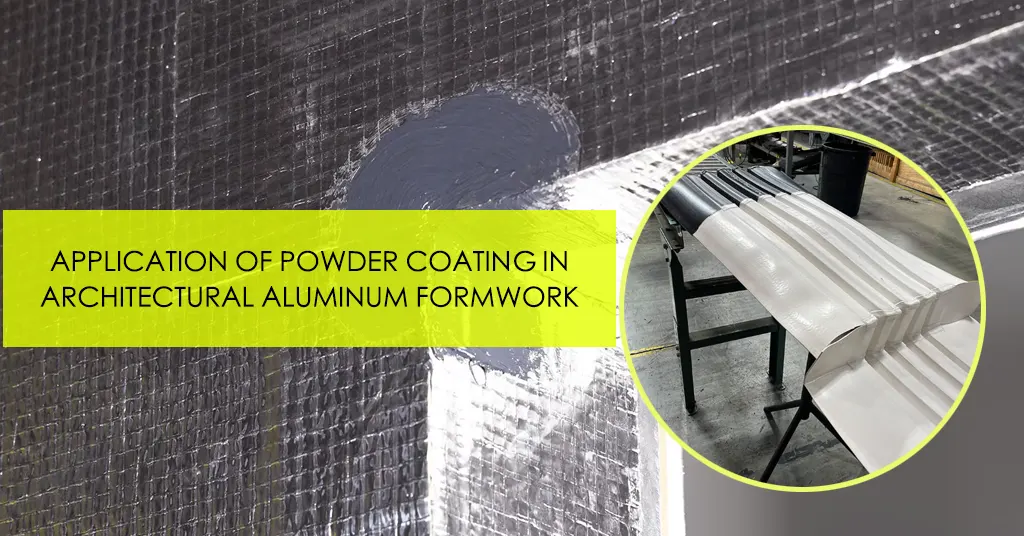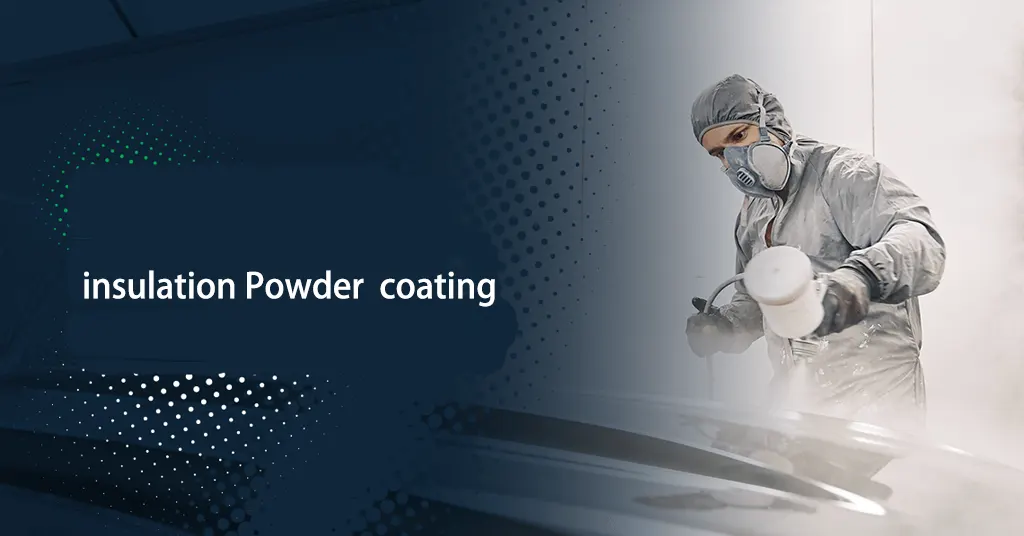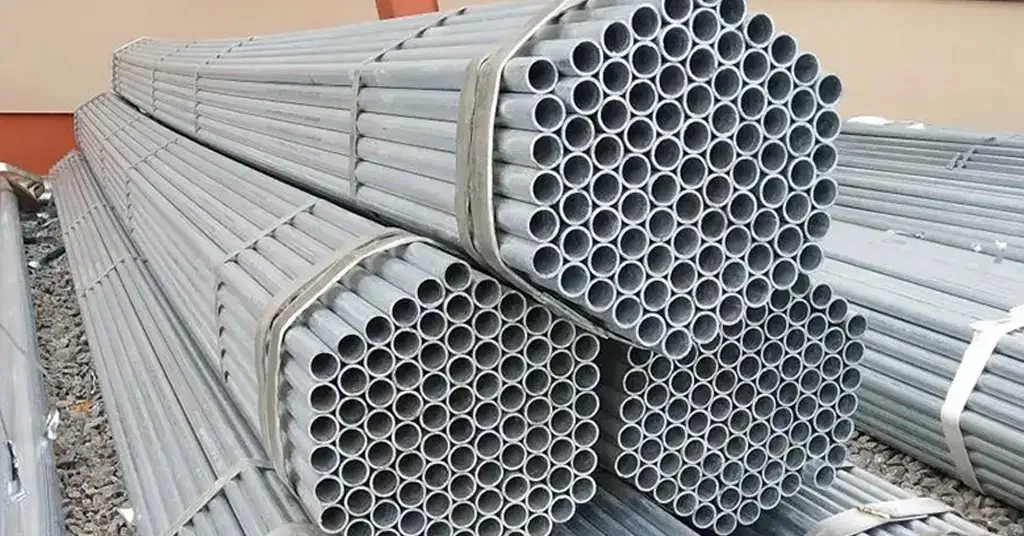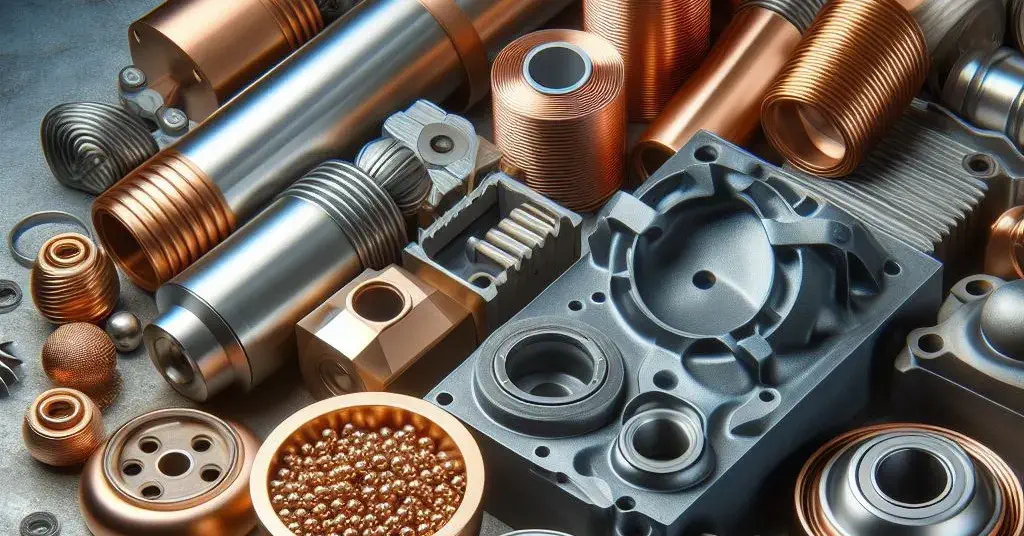Polyurethane Powder Coating

Polyurethane Powder Coating
- Sample: Free Sample Supported
- Color : Customized Supported
- Gloss : 10-95% (Smooth Surface At 60°) Customized Supported
- Surface : Smooth Mainly ;Customized Supported
- Package : 20KG Or 25KG/Carton Or Customized Supported
- Delivery : In 2-5 Days
Product Performance
- Great Weatherability Performance
- Anti Yellowing Performance
- Excellent Luster And Color Integrity
- Excellent Mechanical And Chemical Performance
- Great Leveling And Gloss
- Great Anti Heat Property,Suitable For Long-Term Outdoor Exposure Product , Good Outdoor Durability
| Density | 1.2-1.8 G/cm³ |
| Film | Film Thickness :40u~150um , Best Recommendation Is 40um~80um |
| Utilization Rate | Average Coverage : 10~12 Square Meter/KG ,With 60um (100% Use Rate) |
| Curing Condition | 160°C/10min;180°C/10min ;180°C/15min;190°C/15min ;200°C/10min; Or Customized According To Requirements |
| Method | Corona Electrostatic Spraying ,Electrostatic-Fluidized Bed, Fluidized Beds,Tribo Charging Guns |
| Applicaiton | Mainly Used For Outdoor Units Of Air Conditioners, Park Appliances, Lamp Posts, Outdoor Furniture, Lawn Mowers, Agricultural Machinery, Etc. It Has The Function Of Decoration And Outdoor Weather Resistance. |
| Transportation | Two Layers Of Polyvinyl Chloride Plastic Bags In Carton Package, 20 /25kg Per Carton. Non-Dangerous Goods Can Be Transported In Various Ways, But Avoild From Direct Sunlight, Moisture And Heat, And Contact With Chemical Substances. |
| Safety | Non Toxic Substances, And There Is No Toxic Gas Generated During Baking, But Avoid Inhaling Dust During Use, Operators Should Wear Dust Masks, And Minimize The Long-Term Contact Between Skin And Powder Coatings, Which Adhere To The Skin The Paint On The Surface Can Be Cleaned With Soap. |
What is polyurethane powder coating and how does it work?
Polyurethane powder coating is a type of coating or finishing process used to protect and enhance the appearance of various surfaces, typically metal or plastic, through the application of a polyurethane-based powder. This coating process is a part of the broader field of powder coating, which offers several advantages over traditional liquid painting, including durability, environmental friendliness, and cost-effectiveness.
Here’s how polyurethane powder coating works:
Substrate Preparation: The surface to be coated, often referred to as the substrate, is cleaned and prepared. This involves removing any contaminants, such as dirt, grease, rust, or old paint, and ensuring that the surface is properly cleaned and treated. Substrate preparation may involve processes like sandblasting, chemical treatment, or abrasive cleaning to create an ideal surface for adhesion.
Powder Application: The polyurethane powder coating material is applied to the prepared substrate using a specialized powder coating gun. The gun uses an electrostatic charge to impart a positive charge to the powder particles, while the grounded substrate remains negatively charged. This electrostatic attraction causes the powder particles to adhere to the substrate’s surface uniformly.
Curing: After the powder is applied, the coated substrate is moved into an oven or curing chamber. The heat in the curing oven causes the polyurethane powder to melt and flow into a continuous film. This process is called fusion bonding. The curing temperature and duration depend on the specific powder coating formulation but typically range from 300°F to 400°F (150°C to 200°C) for around 10 to 30 minutes.
Cooling and Solidification: After the powder has melted and formed a smooth, continuous coating, the coated object is removed from the oven and allowed to cool. As it cools, the polyurethane coating solidifies and hardens, creating a tough, durable finish.
What are the advantages of using polyurethane powder coating?
| Durability: Polyurethane powder coatings are known for their exceptional durability. They provide a tough, robust finish that is highly resistant to abrasion, impact, and scratches. This durability makes them suitable for applications where the coated surface will be subjected to harsh conditions or wear and tear. | Chemical Resistance: Polyurethane powder coatings are resistant to many chemicals, including oils, solvents, and corrosive substances. This chemical resistance helps protect the substrate from damage and corrosion. |
| UV Resistance: Polyurethane powder coatings offer excellent UV resistance. They do not fade or degrade when exposed to sunlight, making them ideal for outdoor applications and products that will be exposed to the elements. | Flexibility: Polyurethane powder coatings can be formulated to provide flexibility and elasticity, making them suitable for applications where the coated substrate may flex or expand, such as automotive parts and outdoor furniture. |
| Wide Range of Colors and Finishes: Polyurethane powder coatings are available in a vast array of colors and finishes, including gloss, matte, textured, metallic, and more. This versatility allows for creative design choices and aesthetic customization. | Environmental Friendliness: Powder coating is considered more environmentally friendly than liquid painting because it produces little to no volatile organic compounds (VOCs). It also generates minimal waste since excess powder can be collected and reused, reducing environmental impact. |
| Even and Consistent Coating: The electrostatic application process used in powder coating ensures that the coating is applied uniformly, resulting in an even and consistent coating thickness. This eliminates issues like drips, runs, or sags commonly associated with liquid coatings. | Cost-Effectiveness: While the initial equipment and setup costs for powder coating can be relatively high, it often proves cost-effective in the long run. This is because powder coatings require less maintenance, have a longer lifespan, and reduce the need for touch-ups or recoating compared to liquid coatings. |
| Quick Curing: Powder coatings cure relatively quickly when subjected to the appropriate heat, allowing for efficient production processes. This can lead to increased productivity and shorter lead times. | Versatility: Polyurethane powder coatings can be applied to a wide range of substrates, including metals, plastics, and even wood, expanding their applicability across various industries and products. |
What are the differences between polyurethane and epoxy powder coatings?
| Polyurethane powder coating | Epoxy powder coatings | |
| Chemical Composition | Polyurethane powder coatings are formulated using polyurethane resins. These resins provide flexibility, UV resistance, and excellent color and gloss retention. They are often chosen for applications where durability and aesthetics are essential. | Epoxy powder coatings are based on epoxy resins. Epoxy coatings are known for their exceptional adhesion to various substrates, chemical resistance, and corrosion protection properties. They are often used in industrial and marine applications. |
| Durability and Strength | Polyurethane coatings are known for their durability, especially in terms of resistance to abrasion, impact, and wear. They maintain their appearance and integrity well, making them suitable for exterior applications. | Epoxy coatings are highly durable and offer excellent chemical resistance. They are often chosen for applications where protection against corrosion and chemical exposure is paramount. |
| UV Resistance | Polyurethane powder coatings are generally more UV resistant than epoxy coatings. They do not degrade or fade when exposed to sunlight, making them suitable for outdoor applications. | Epoxy coatings may not have the same level of UV resistance as polyurethanes and may require additional topcoats for outdoor use to prevent UV damage. |
| Flexibility | Polyurethane powder coatings can be formulated to provide flexibility and elasticity. This flexibility makes them suitable for applications where the coated surface may undergo flexing or expansion, such as automotive parts or outdoor furniture. | Epoxy coatings tend to be more rigid and may not offer the same level of flexibility as polyurethane coatings. |
| Color and Finish Options | Polyurethane powder coatings are available in a wide range of colors and finishes, including gloss, matte, textured, and metallic options. This allows for creative design choices and aesthetic customization. | Epoxy coatings typically have limited color options and are often used for functional purposes rather than aesthetic ones. |
| Environmental Considerations | Both polyurethane and epoxy powder coatings are considered environmentally friendly compared to traditional solvent-based liquid coatings. They produce minimal to no volatile organic compounds (VOCs) during application. | |
| Applications | Polyurethane powder coatings are commonly used in applications where a combination of durability, aesthetics, and UV resistance is required. This includes architectural structures, outdoor furniture, automotive parts, and consumer goods. | Epoxy powder coatings are often chosen for applications where corrosion protection, chemical resistance, and adhesion are critical. This includes industrial equipment, pipelines, marine components, and appliances. |
What industries commonly use polyurethane powder coating?
Automotive
Polyurethane powder coatings are used on automotive parts such as wheels, bumpers, trim, and engine components to provide corrosion resistance and enhance appearance.
Furniture
Many types of furniture, including outdoor furniture, office furniture, and metal or wooden components, are coated with polyurethane powder coatings to protect against wear and tear and to achieve a desired finish.
Appliances
Household appliances like refrigerators, stoves, and washing machines often feature polyurethane powder coatings for their resistance to moisture, chemicals, and scratches.
Aerospace
In the aerospace industry, polyurethane powder coatings are used on aircraft components to protect against harsh environmental conditions and provide a clean, polished appearance.
Architectural
Architectural applications include coating metal structures like window frames, railings, and façades to improve their durability and aesthetics.
Electronics
Components in the electronics industry are coated with polyurethane powder to provide electrical insulation and protect against moisture and chemicals.
Medical Equipment
Medical devices and equipment may be coated with polyurethane powder to meet hygiene standards and ensure durability.
Sporting Goods
Items such as golf clubs, bicycles, and exercise equipment can benefit from polyurethane powder coatings for their durability and aesthetic appeal.
What are the differences between polyurethane and epoxy powder coatings?
| Polyurethane powder coating | Epoxy powder coatings | |
| Chemical Composition | Polyurethane powder coatings are formulated using polyurethane resins. These resins provide flexibility, UV resistance, and excellent color and gloss retention. They are often chosen for applications where durability and aesthetics are essential. | Epoxy powder coatings are based on epoxy resins. Epoxy coatings are known for their exceptional adhesion to various substrates, chemical resistance, and corrosion protection properties. They are often used in industrial and marine applications. |
| Durability and Strength | Polyurethane coatings are known for their durability, especially in terms of resistance to abrasion, impact, and wear. They maintain their appearance and integrity well, making them suitable for exterior applications. | Epoxy coatings are highly durable and offer excellent chemical resistance. They are often chosen for applications where protection against corrosion and chemical exposure is paramount. |
| UV Resistance | Polyurethane powder coatings are generally more UV resistant than epoxy coatings. They do not degrade or fade when exposed to sunlight, making them suitable for outdoor applications. | Epoxy coatings may not have the same level of UV resistance as polyurethanes and may require additional topcoats for outdoor use to prevent UV damage. |
| Flexibility | Polyurethane powder coatings can be formulated to provide flexibility and elasticity. This flexibility makes them suitable for applications where the coated surface may undergo flexing or expansion, such as automotive parts or outdoor furniture. | Epoxy coatings tend to be more rigid and may not offer the same level of flexibility as polyurethane coatings. |
| Color and Finish Options | Polyurethane powder coatings are available in a wide range of colors and finishes, including gloss, matte, textured, and metallic options. This allows for creative design choices and aesthetic customization. | Epoxy coatings typically have limited color options and are often used for functional purposes rather than aesthetic ones. |
| Environmental Considerations | Both polyurethane and epoxy powder coatings are considered environmentally friendly compared to traditional solvent-based liquid coatings. They produce minimal to no volatile organic compounds (VOCs) during application. | |
| Applications | Polyurethane powder coatings are commonly used in applications where a combination of durability, aesthetics, and UV resistance is required. This includes architectural structures, outdoor furniture, automotive parts, and consumer goods. | Epoxy powder coatings are often chosen for applications where corrosion protection, chemical resistance, and adhesion are critical. This includes industrial equipment, pipelines, marine components, and appliances. |
FAQs About Polyurethane Powder Coating
Yes, polyurethane powder coating is environmentally friendly. It produces minimal to no volatile organic compounds (VOCs) during application, reducing air pollution. Powder coating overspray can often be collected and reused, further minimizing waste.
Yes, polyurethane powder coating is known for its excellent resistance to chemicals and abrasion. It provides a durable and protective finish that withstands exposure to a wide range of substances and physical wear.
Surfaces coated with polyurethane powder typically require minimal maintenance. Regular cleaning with mild soap and water is usually sufficient to maintain their appearance. Periodic inspections for damage or wear are recommended.
The cost of polyurethane powder coating can vary depending on factors like size, complexity, and the specific application process. In general, it can be cost-competitive with other coating options, especially when considering its durability and environmental benefits. However, precise cost comparisons would depend on the specific project and materials involved.
Polyurethane powder coating is a versatile finishing option, but there are certain types of surfaces and materials that may not be suitable for this coating process. Some surfaces that are generally not suitable for polyurethane powder coating include: Heat-Sensitive Materials, Wood, Flexible or Elastic Surfaces, Complex Geometries, Extremely Small Parts, Highly Porous Surfaces and Surfaces with Existing Contaminants or Rust.
Have Anything To Ask Us?




